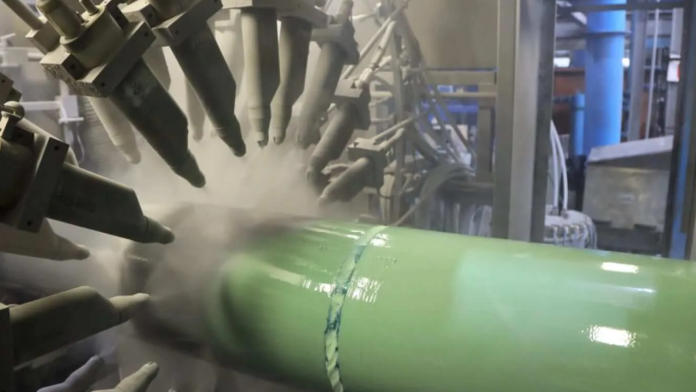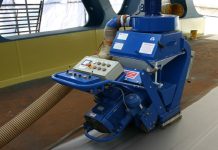AS/NZS 1163 C350 is a popular grade of structural steel that is of notable importance in diverse industries, especially production and engineering. manufactured to Australian and New Zealand requirements, this material gives a balanced combination of electricity, ductility, and weldability, making it a favored choice for structural programs. With its well-described mechanical properties and adherence to strict, exceptional standards, AS/NZS 1163 C350 offers engineers and designers with a reliable and predictable fabric for the ramifications of structural projects.
Its versatility allows it to be used in extensive sort of programs, from residential and industrial buildings to bridges, infrastructure projects, and commercial enterprise centers. The as/nzs 1163 C350 is the concept for its weldability, which gives ease of fabrication and advent. Its compatibility with common welding techniques makes it suitable for each on-website online assembly and pre-fabrication, imparting flexibility and efficiency in structural projects.
Key Constituents Of The Chemical Composition In AS/NZS 1163 C350 Steel
In this article, we take a look at the elaborate information on the chemical composition of AS/NZS 1163 C350 pipes.
Carbon
Carbon (C) is something imperative inside the substance arrangement of AS/NZS 1163 C350 metallic. It goes about as the main alloying component, giving strength, hardness, and machinability to the material. Carbon influences the overall mechanical properties of metallics, with run-of-the-mill contents beginning from 0.20% to 0.35%. A higher carbon content material will expand hardness and power, while a diminished degree further develops weldability and formability, which can be key execution determinants of carbon steel.
Manganese
Manganese (Mn) is a crucial alloying component in AS/NZS 1163 C350 steel. Normally present in fixations going from 0.30% to 1.50%, manganese will build the hardness and rigidity of the texture. Besides, it advances the development of a microstructure, which contributes to better adaptability and sturdiness. Manganese plays a pivotal role in molding the mechanical homes of metallics, guaranteeing its reasonableness for underlying use in different businesses.
Silicon
Silicon (Si) is a vital component in the substance creation of AS/NZS 1163 C350 steel. Regularly present in fixations going from 0.15% to 0.60%, silicon goes about as a deoxidizer and grain purifier. It advances the development of a uniform microstructure, upgrading the mechanical properties of the steel, including energy, hardness, and erosion obstruction. Silicon adds to the overall exhibition and dependability of AS/NZS 1163 C350 steel in primary projects.
Sulfur
Sulfur (S) is another follow-up detail in AS/NZS 1163 C350 metal, which is commonly kept to a negligible degree to forestall ominous consequences for its mechanical properties and weldability. high sulfur content can bring about erosion and breaking throughout creation and transportation. Considerably, severe control measures are carried out to confine the sulfur content inside remarkable cutoff points, ensuring the primary honesty and execution of AS/NZS 1163 C350 metallic in different applications.
Aluminium
Aluminum (Al) is often introduced as a trace element to AS/NZS 1163 C350 steel to enhance certain properties. Even though aluminum is not the number one alloying element, small amounts of aluminum can contribute to progress in strength, corrosion resistance, and weldability. However, the concentration of aluminum in AS/NZS 1163 C350 metal is generally minimal, with careful control to avoid adverse effects on the overall performance and properties of the material.
Chromium
Chromium (Cr) can be present as a trace detail in AS/NZS 1163 C350 steel to increase corrosion resistance and sturdiness. Even in small quantities, chromium can drastically improve a metal’s capacity to resist oxidation and corrosion in harsh environments. However, the chromium concentration in AS/NZS 1163 C350 steel is normally constrained to keep away from detrimental consequences for its mechanical properties and manufacturing methods.
Remarks
The main components of chemical composition in AS/NZS 1163 C350 steel are fundamental to its overall performance in structural programs. Each element serves a specific purpose to enhance the strength of the fabric. By understanding the significance of crucial components, stakeholders can make informed decisions in a good way to enhance the protection, and reliability of structural systems built using AS/NZS 1163 C350 steel pipes and contribute to durability.













